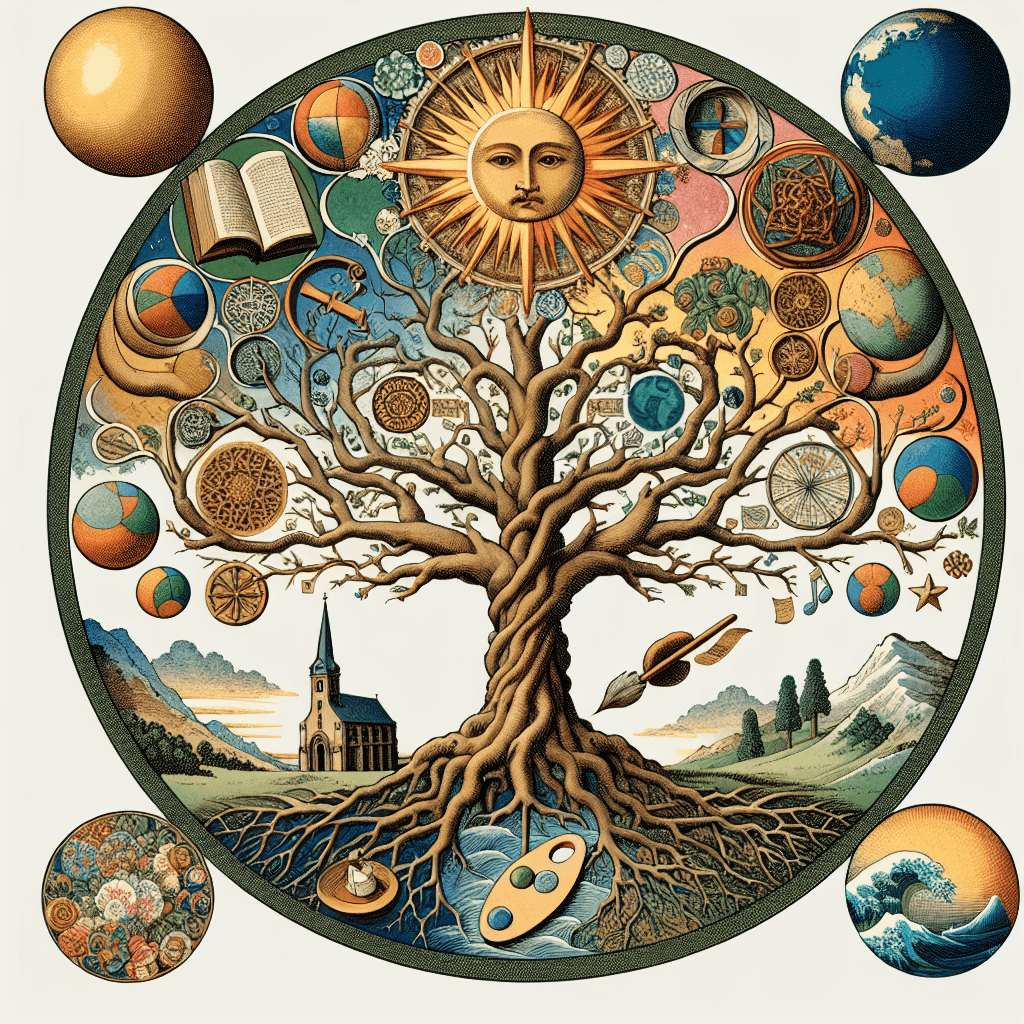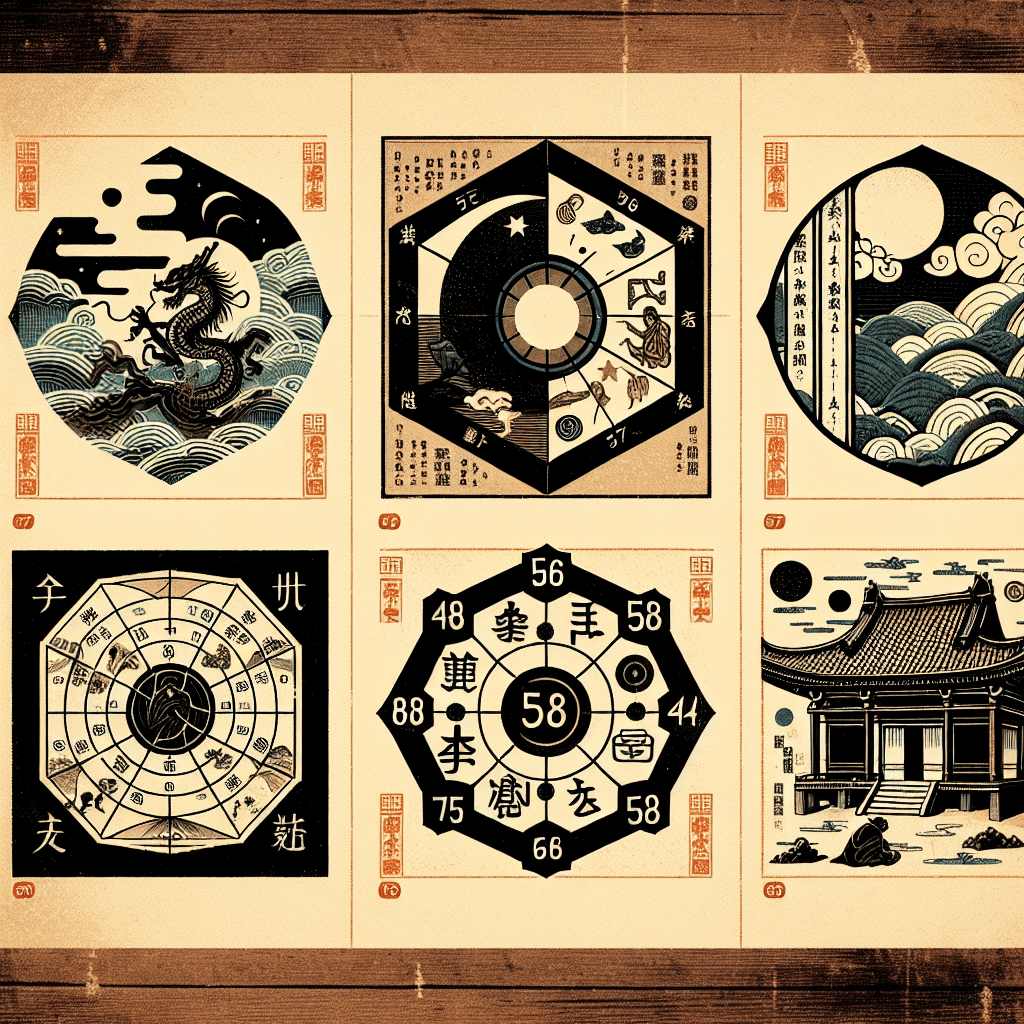Influence of the Tree of Life on Medieval and Renaissance Thought
syndu | Dec. 15, 2024, 10:30 a.m.

Influence of the Tree of Life on Medieval and Renaissance Thought
Introduction
The Tree of Life, a profound symbol in Kabbalistic tradition, has long been a source of inspiration and contemplation. During the medieval and Renaissance periods, this symbol significantly influenced thinkers, philosophers, and scientists, shaping their understanding of the universe and humanity's place within it. This blog post explores the impact of the Tree of Life on medieval and Renaissance thought, highlighting its role in the development of philosophy, science, and mysticism.
The Tree of Life in Medieval Thought
Kabbalistic Influence
During the medieval period, Kabbalah flourished as a mystical tradition within Judaism. The Tree of Life became a central symbol in Kabbalistic teachings, used to explain the nature of God, the universe, and the human soul. Influential Kabbalists like Isaac Luria, known as the Ari, introduced new interpretations of the Tree, emphasizing the process of creation and the role of humanity in repairing the world (Tikkun Olam). Lurianic Kabbalah expanded the Tree's significance, highlighting its role in the cosmic order and human destiny.
Integration into Christian Mysticism
The Tree of Life's influence extended beyond Jewish mysticism into Christian thought. Medieval Christian mystics and scholars, intrigued by the esoteric wisdom of Kabbalah, began to incorporate the Tree of Life into their own spiritual frameworks. This integration fostered a cross-cultural exchange of ideas, enriching the mystical traditions of both religions.
The Renaissance Revival
Philosophical Exploration
The Renaissance period marked a renewed interest in classical knowledge and mystical traditions, including Kabbalah. The Tree of Life captivated Renaissance thinkers, who saw it as a symbol of universal wisdom and divine truth. Figures like Giovanni Pico della Mirandola and Johannes Reuchlin explored the Tree as a bridge between Jewish and Christian mysticism, using it to delve into philosophical questions about the nature of existence and the divine.
Impact on Science and Alchemy
The Tree of Life also influenced the scientific and alchemical pursuits of the Renaissance. Alchemists, in particular, were drawn to its symbolic representation of transformation and the interconnectedness of all things. The Tree's structure, with its ten Sephirot and twenty-two paths, was seen as a map of the cosmos, guiding alchemists in their quest to understand the fundamental principles of matter and spirit.
The Tree of Life as a Symbol of Unity
Bridging Divides
Throughout the medieval and Renaissance periods, the Tree of Life served as a unifying symbol, bridging the divides between different religious and philosophical traditions. Its universal themes of interconnectedness, growth, and enlightenment resonated with thinkers across cultures, fostering a shared pursuit of knowledge and spiritual understanding.
Legacy and Continuing Influence
The influence of the Tree of Life during these periods laid the groundwork for its continued relevance in modern thought. Its impact on philosophy, science, and mysticism endures, inspiring contemporary seekers to explore the mysteries of existence and the interconnectedness of all life.
Conclusion
The Tree of Life's influence on medieval and Renaissance thought is a testament to its enduring power as a symbol of wisdom and unity. By examining its impact on philosophy, science, and mysticism during these periods, we gain a deeper appreciation for the Tree's role in shaping human understanding and its continuing relevance in our quest for meaning and enlightenment. As we reflect on its historical significance, we are reminded of the timeless wisdom it offers to seekers across cultures and ages.







